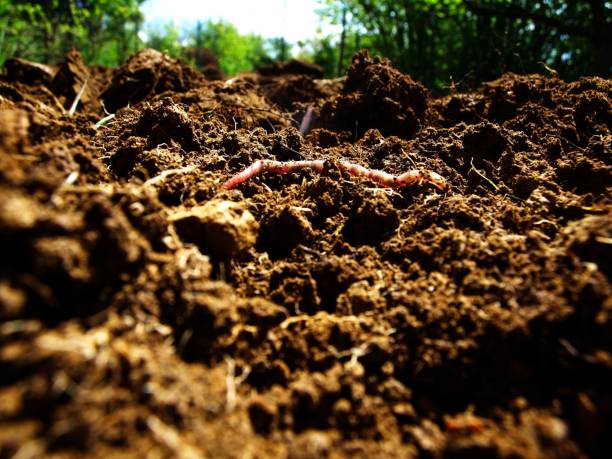Your Cart is Empty
Delivery Across Victoria | Free delivery over $150
We’re losing precious topsoil at an unprecedented rate. Historically, conventional farming methods lost 10 cm of topsoil over an 80-100 year time period, but we’ve lost that amount in just the last 9 years.
The processes that generate high-quality, fertile topsoil can take centuries.
Whilst blog posts like these from Hagen’s are usually informative, here comes an editorial interlude for you - I’ve teared up a few times writing this article thinking about my son. A 18 month-old who is facing, in theory, another 100 years of life with climate uncertainty and food scarcity being a real possibility. I go between the thoughts of how I can limit my food intake to two meals a day, to shaking my metaphorical fist at capitalism.
Here’s the hope, and it’s more than a glimmer. It involves you, and me and doesn’t need law-makers. Regenerative is robust because it works with nature, not against it. Here's a definition:
The focus is on healing, maintaining and forming new soil and is proven to not just stop but REVERSE climate change, because developing new, healthy soil draws carbon out of the air.
Principles of Regenerative Farming
To talk about soil health, we need to talk about conventional farming as a comparison. Typically mono crop farming will mean mechanical churning to plant seeds of annual growing species. These annual species have shallow root systems, and removed after harvest creating conditions for erosion and lack of microbial activity. To restore soil, regenerative farmers focus on:

Cattle from Tas Ag Co. standing in their 'salad bowl paddock' feed
There isn’t a rule book for regenerative farming - there are principles. No doubt these will become more nuanced over time, but as Sustainable Table say, ‘it’s an ecological approach to farming that allows landscapes to renew themselves.’
Is Organic different?
Yes and no. For most of human history, we didn’t have synthetic pesticides, fertilisers or fuel-powered machinery. Crops were rotated, with cover crops grown to maintain soil health. Shepherds followed their herds around from pasture to pasture, allowing the land to heal and regrow. People used up every bit of every animal that was consumed, and waste products were reused in fertilisation or even feeding other animals.
It’s this approach that the regenerative farming movement seeks to return to and keep building on, taking a practical approach that seeks to reduce overall environmental impact and support animal health whether or not it can be classified as ‘organic’.
Look for the Regenerative Tag
In store you can literally find the word Regenerative on our product tickets. Online, we're working on new tagging & filtering system to better indicate these.
All our Pork products online are regenerative, from McIvor Farm.
How can you support better farming practices
You don’t have to shop exclusively from Hagen’s to support local businesses, planet-friendly farming, animal welfare, and clean, whole foods (though we’d love to have you with us). Make a conscious effort to seek out and support small suppliers where you can, and spread the word among your friends and family.
That’s our introduction to Regenerative Farming, please read the following further posts. More in this series in the coming weeks -
Sourcing & Selling Future-Proof Protein
Why Farmers are Turning to Regenerative
